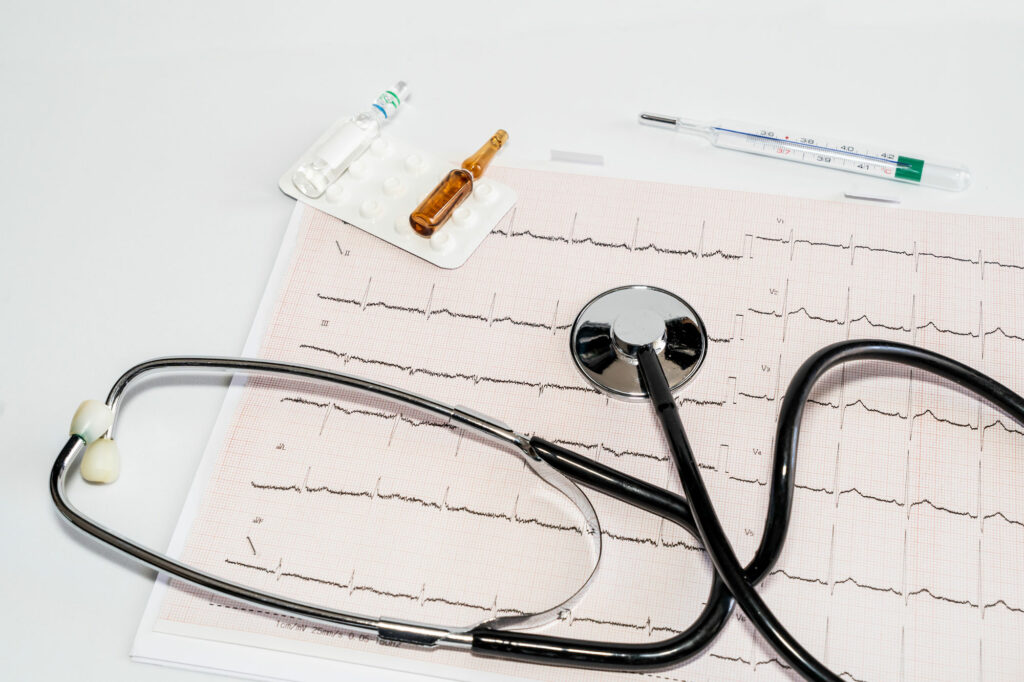The echo-doppler, also known as Doppler ultrasound, is a non-invasive test used to calculate the flow of blood in blood vessels.
What is cardiac echo-doppler?
This study uses sound waves that show blood circulation through the vessels, also allowing the creation of images of internal structures of the body through said waves, which results in the visualization of blood circulation.
What is a cardiac echo-doppler used for?
With the echo-doppler, it is possible to calculate the blood flow speed by measuring its frequency changes. This test is an alternative to more invasive procedures, such as an arteriogram where a dye must be injected. For an echo-Doppler, an ultrasound imaging technician, known as a sonographer, presses a small handheld transducer onto the skin of the area of the body to be examined.
How is a cardiac echo-doppler performed?
Being a study similar to a conventional ultrasound, it differs by using the “Doppler effect”, focusing on the change in the frequency of the sound received concerning the sound emitted. Allowing the evaluation of the main arteries and veins, the heart, and fetal monitoring in obstetrics.
Depending on the equipment used, echo-doppler can be continuous or pulsed; the latter can be divided into three types:
Cardiac color Doppler is a type of ultrasound that uses a computer to convert sound waves into different colors, showing blood’s speed and direction in real time.
Power Doppler is a useful technique to demonstrate if there is blood flow in an area, although it does not indicate the direction of the existing flow.
The spectral Doppler displays the measurement results in a separate graph, indicating the recorded blood flow velocities.
What is the cardiac echo-doppler used for?
It is a non-invasive and painless procedure, and since it does not require ionizing radiation (X-rays), it can be used in a wide variety of patients. It detects:
- Alteration of the legs’ venous valves.
- Widened arteries.
- Clots in the veins of the legs.
- Varicocele detection.
- Evaluation of the renal and intra-abdominal arteries.
- Evaluation of the testicle vessels.
- Arteriovenous fistula.
- Obstruction or occlusion in the neck, arms, and leg arteries.
- Reduced blood circulation to the legs.
This content is for informational purposes and does not replace any consultation with the specialist. If you want to know more about the echo-doppler procedure, come to the ABC Medical Center’s Cardiovascular Diagnostic Center, we can provide you with specialized attention. Contact us! Cardiovascular Diagnostic Center
Fuente:
https://www.mayoclinic.org/es/doppler-ultrasound/expert-answers/faq-20058452
https://medlineplus.gov/spanish/pruebas-de-laboratorio/ecografia-doppler/
https://www.diagnosticorojas.com.ar/blog/salud/como-se-hace-un-eco-doppler/



